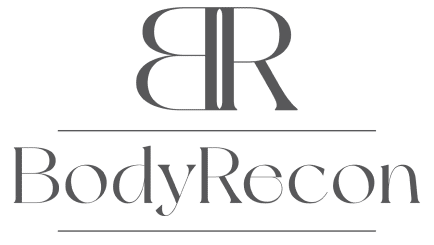ABOUT PIGMENTED LESION REMOVAL
Pigmented lesions may be benign or malignant and can occur for a number of reasons including excess sun exposure and genetic and DNA malfunctions. They are remarkably common and the overwhelming majority of them are benign. However, where such lesions occur, particularly on the face, they can be unpleasant and cause distress to many people. Benign lesions include solar lentigos, solar keratosis, actinic keratoisis (pre cancerous lesions), birthmarks, melasma, port wine stains, ephilides (freckles) and naevi (moles.) Cancerous lesions include melanoma, basal cell carcinoma and squamous cell carcinoma.
In some cases a GP or specialist referral or biopsy may be required before treatment is administered.
FREQUENTLY ASKED QUESTIONS
The first step is to establish a diagnosis. In many cases this is done by a simple examination of the skin either by a GP or Dr Rahdon. For some lesions a biopsy, shaving or sample of the tissue in question is required for microscopic examination to determine the diagnosis.
Depending on the diagnosis, cosmetic appearance and patient preference, the lesion may be removed by surgical excision, curette (surgical shaving) or laser. Surgical excision performed by Dr Rahdon will provide a definitive diagnosis of the pathology as the sample will be sent off for histological examination.
Surgical excision has traditionally been the method used for removal of such lesions. The main advantage of this is that it allows the lesion to be removed in its entirety, including any part that may lie beneath the skin’s surface. It also allows the diagnosis to be proven by histology. The main disadvantage of surgical excision is that it leaves a scar on the skin, however in some instances it is the only option available, particularly for cancerous lesions.
An alternative method is to shave the lesion (also known as curette), which depending on the depth of the lesion, may leave less scarring. The shaved tissue will also be sent off for examination to determine diagnosis.
The third option is using ErYAG laser. When laser is used to remove skin lesions, no tissue can be sent for histology as the laser completely ablates or vapourises the tissue. However it is a good non-surgical alternative for benign lesions and is a fantastic option for pigmented lesions such as solar lentigos as the melanocyte cells that are causing the pigmentation will be completely ablated.
At Body Recon, we have a wide range of modalities available for the removal of skin lesions. Dr Rahdon and our specialists will be able to advise you on the pros and cons of each treatment and which one might be best suited to you.
If you are requiring an initial skin check with Dr Rahdon then an appointment needs to be made at his surgical practice (03 5221 3739). If you have a referral from a GP or specialist doctor for laser therapy then you can contact the cosmetic clinic (03 5221 1747) to make an appointment.
Any surgical or invasive procedure carries risks. Before proceeding, you should seek a second opinion from an appropriately qualified health practitioner.
Interested in learning more? Book a consultation today.

